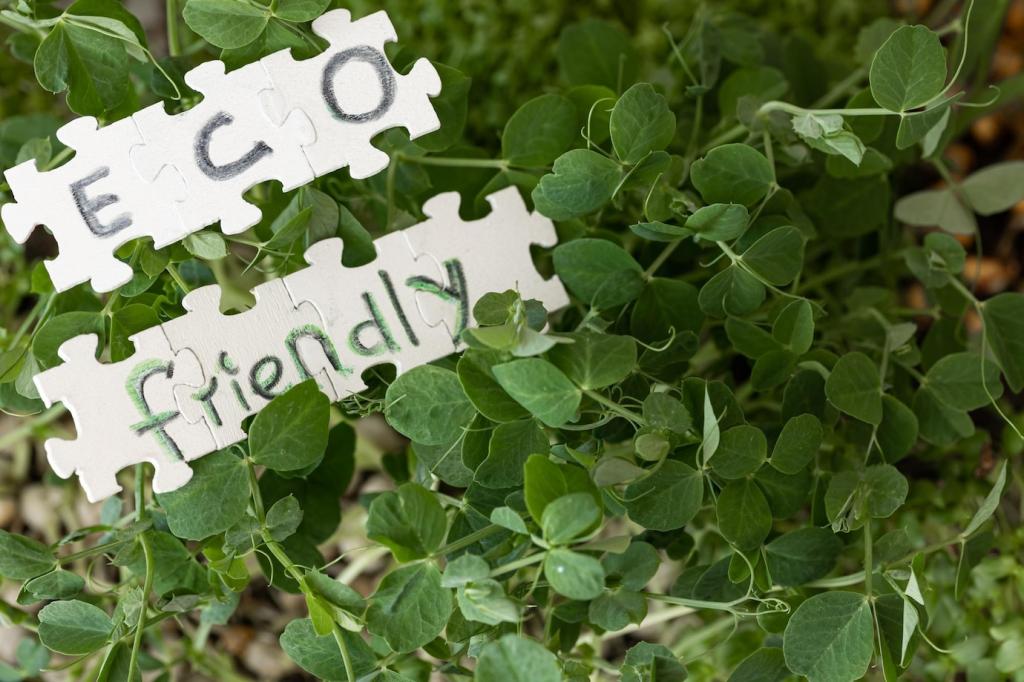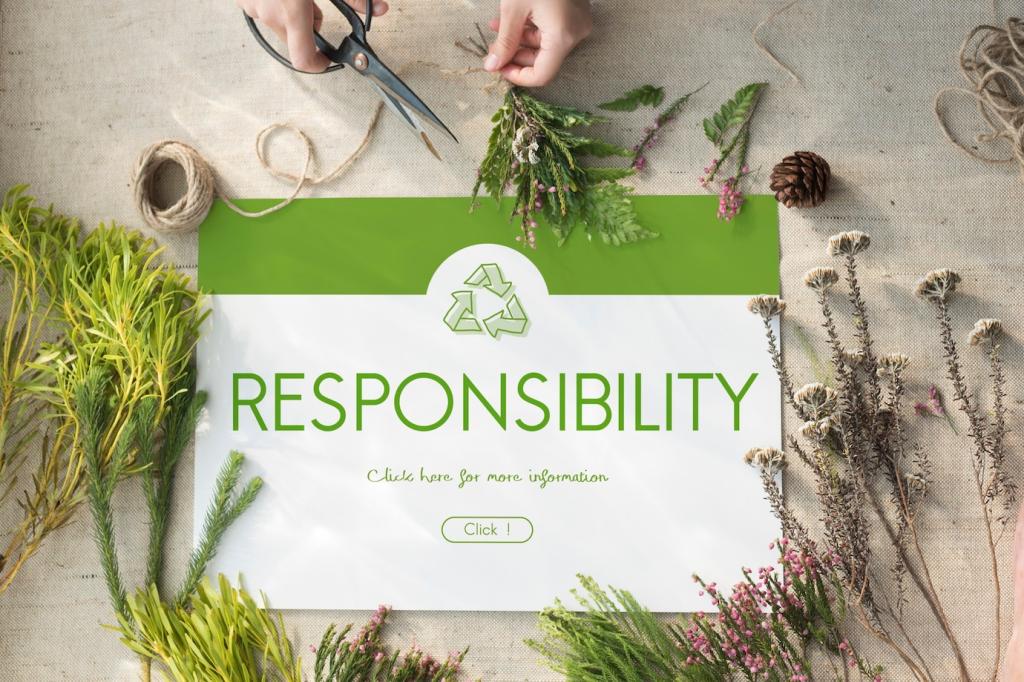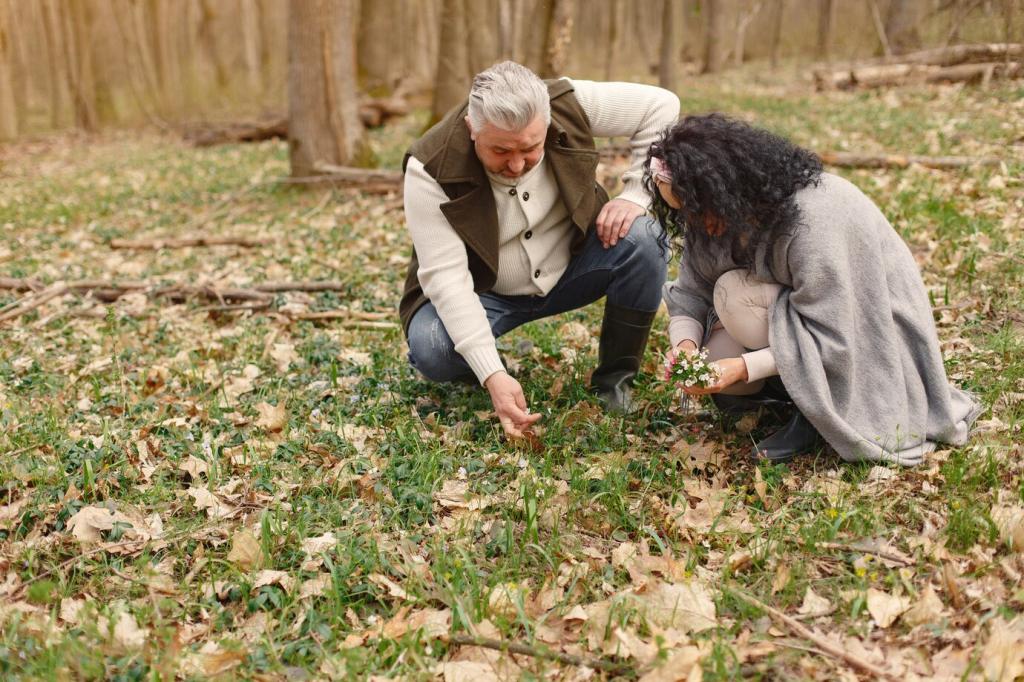
Wildlife-Friendly Yard Innovations: A Home Sanctuary That Buzzes, Sings, and Shines
Chosen theme: Wildlife-Friendly Yard Innovations. Step into practical creativity with smart ideas, gentle tech, and native plant wisdom for a yard that nourishes birds, pollinators, and small mammals. Share your sightings, subscribe for monthly experiments, and help shape our next innovation.
From Lawn to Living Meadow
Clover-Forward Lawns and Micro-Meadows
Blend microclover with drought-tolerant fescue to create a resilient, soft lawn that fixes nitrogen, resists wear, and flowers for pollinators. Overseed in shoulder seasons, spot-water to establish, and share your seed mix experiments with our community.


Shallow, Textured Basins
Use basins two to five centimeters deep with sloped edges and textured stones for safe footing. Add escape ramps for small mammals and frogs. Refresh water often, and share your favorite stone arrangements for better grip.
Rain Gardens and Bioswales
Capture roof runoff in a rain garden planted with native sedges, blue flag iris, and milkweed. These plantings slow water, filter pollutants, and feed pollinators. Post your rainfall observations and plant lists to inspire local neighbors.
Frog-Safe Circulation and Care
Choose recirculating pumps with gentle flow, dechlorinate tap water, and skip algaecides. Shade part of the surface and clear debris regularly. If you spot tadpoles or dragonflies, let us know what design tweaks made them stay.

Tech-Enabled Habitats and Monitoring
Install species-appropriate nest boxes with correct hole sizes, ventilation, and predator guards. Add low-light cameras that never require interior lights. Report your first-season lessons, including camera placement, cleaning routines, and how you minimized disturbance.

This is the heading
Lorem ipsum dolor sit amet, consectetur adipiscing elit. Ut elit tellus, luctus nec ullamcorper mattis, pulvinar dapibus leo.

This is the heading
Lorem ipsum dolor sit amet, consectetur adipiscing elit. Ut elit tellus, luctus nec ullamcorper mattis, pulvinar dapibus leo.
Designing Corridors and Cozy Corners
Layered Planting for Year-Round Food
Combine canopy, understory, shrub, and ground layers using native species. Favor berry shrubs, seed-bearing perennials, and winter stems. Leave some seedheads standing. Post seasonal food calendars and the species you notice using each layer.
Small Passages, Big Impact
Cut discrete fence openings or lift panels slightly to allow small mammals to move safely. Replace a section of fence with a mixed hedge. Tell us whether new tracks or camera clips confirm successful wildlife passage.
Deadwood, Brush, and Bee Hotels Done Right
Stack brush neatly, keep a log or two, and install bee hotels with varied hole sizes, then clean annually. Add bare soil patches for ground nesters. Share occupancy photos and what materials performed best in your climate.
